Gas Giant | Jacob Hashimoto | March 1 — June 8, 2014 | MOCA Pacific Design Center | http://www.moca.org
It is not everyday that I fall head over heels in love with the work of an artist. Just this last year, I gave my heart first to Llyn Foulkes’s art at the Hammer Museum, and then again to Richard Jackson’s art at the OC Museum of Art. Now, once again, I fell in love. This time it’s with Jacob Hashimoto’s art, on exhibition at the MOCA Pacific Design Center. I should say that there are different ways in which I usually form a relationship with the work of an artist. Sometimes it is a feeling of being in awe of an artist’s work. Other times, it could be that I just have respect and admiration for the work of an artist without being really emotionally affected by it. Once in a while, however, an artist’s work makes me feel emotional and touches me in the depths of my depths. Viewing the art of Jacob Hashimoto really affected me. It made me feel floaty, soft, dreamy. I did not want to leave the exhibition room. I sat there on a chair just to feel the vibration of the kites all around and above me, moving ever so slowly and gently like someone was softly breathing on them, like in a dream. It felt as though I were sitting in a Buddhist temple and could hear a faint sound of the monks chanting from a distance. It felt as though I could hear the soft sound of the monastery bells coming in from far away. Observing all the magnificent, tedious, meticulous labor of love that went into creating all those kites made me feel sacred and put me in a meditative mood, like the artist was dreaming and had allowed me to step into his dream and dream with him. I even felt envious of the museum guards who could be in the presence of this imaginative, extraordinary paper and paint landscape all day long.
Viewing Jacob Hashimoto’s art actually gave me this strange feeling that I had to take a vey deep breath while standing in the room underneath the weightlessness of the kites and hold my breath as long as I could for the fear of disturbing the delicacy of floating kites and their perfect equilibrium. I was the temporary occupant of Hashimoto’s universe now, and in this universe, it was not enough for me as the viewer to only use my eyes to see. I had to to get assistance from all my senses to completely and fully feel and receive the beauty of his art all in one place .
It is no wonder that it took seven people working hard for 25 days to hang 30,000 paper kites from the ceiling of the very large, airy, and spacious rooms of the museum. It is indeed a great installation – a landscape of clouds, grass, flowers, light and air and abundance of dreams.
In the room downstairs, you’ll find all the black and white kites hanging. As you climb up the stairs, you get to see the collages of hundreds of pieces of kites delicately painted, colorful and responsive to light and movement. I had seen the pictures of Hashimoto’s art in his “Gas Giant” exhibition in the media, but I think seeing the pictures does not do justice to his work at all. To really see his art, you should feel it with the help of the space and the light coming in from the room’s skylights and the subtle vibration of air breathing and slightly trembling the kites in mid-space. With Jacob Hashimoto’s “Gas Giant,” once is not enough. I should certainly make the effort to go back just to get myself some more.
http://sites.moca.org/the-curve/2014/03/01/jacob-hashimotos-gas-giant/
Combining traditional kite-making techniques and collage into sculptural environments, Jacob Hashimoto (b. 1973, Greeley, Colorado) creates massive space-altering installations with thousands of thin paper sheets. Gas Giant was exhibited in Venice, Italy, in 2013 at Fondazione Querini Stampalia and in Chicago in 2012 at Rhona Hoffman Gallery.
In its third and final edition at MOCA Pacific Design Center, Gas Giant begins its voyage subverting the grid of the white cube on the first floor by tangling the black and white elements of the installation while directing the viewer to the second floor, where an open, atmospheric, and colorful emphasis on the verticality of the space is the climax of the piece.
Influenced by ample sources that range from sacred architecture, post-war abstract painting, the Light and Space movement from the 1960s in Southern California, and the 1990s generation of Los Angeles painters, Hashimoto expands painting and collage strategies in an ongoing exploration of abstraction and landscape through color, repetition, association, and even simple marks and gestures that when combined together, result in the infinite layers of complexity that characterize his work.
Becoming a mirror of human experience, Gas Giant is a metaphor of possibility and temporality—the viewer encounters the beauty of an encompassing landscape, through vastness and detail in equal manner, but also with the idea of loss, since the work also reflects on the intensity of human labor in its creation, and considers the temporality of the viewing experience, and of the piece itself.
Tags: Art, Gas Giant, Jacob Hashimoto, Kites, MOCA, MOCA Pacific Design Center
Posted in Art Reviews, Reviews |

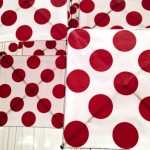
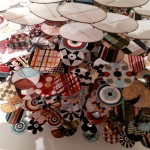
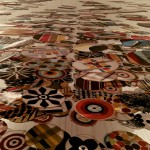
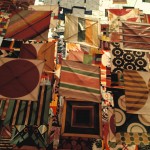
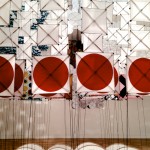

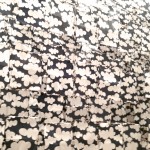
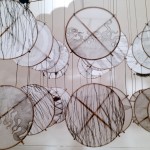
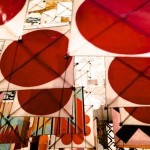
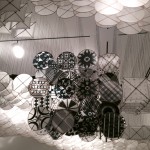
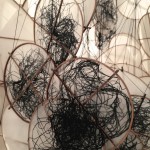

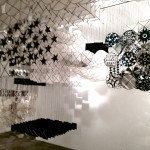
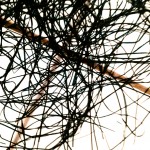

Leave a Reply